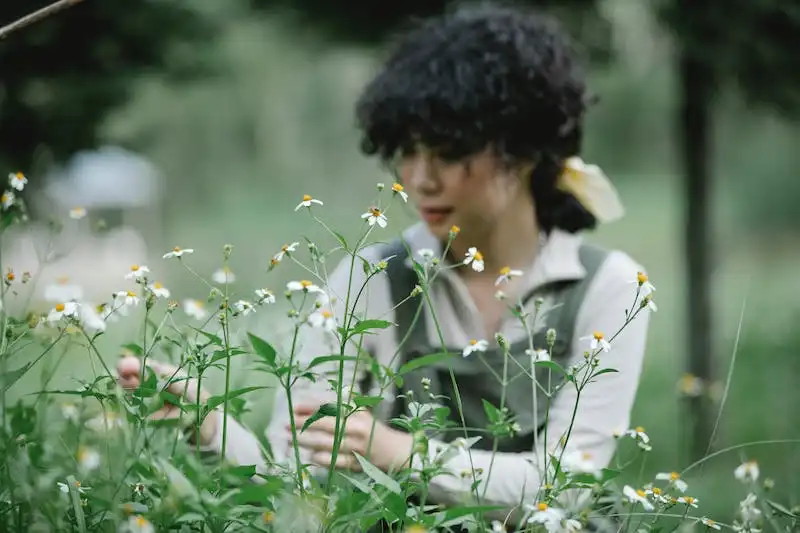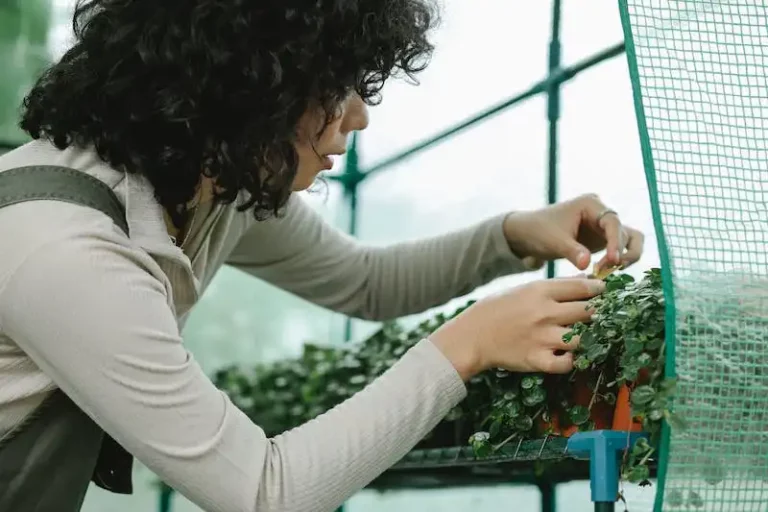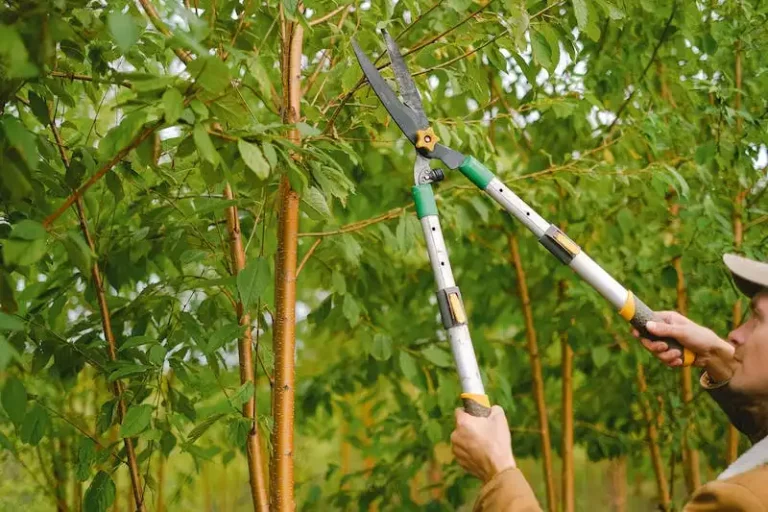Dracaenas are a popular choice for many plant enthusiasts due to their easy care and beautiful foliage. These plants require a little attention when it comes to water, so learning the best way to irrigate them is essential to their health.
When it comes to watering potted Dracaenas, it’s important to place them in a well-draining soil mix. This will ensure that the roots don’t become waterlogged and susceptible to rot. A good rule of thumb is to water the plant when the top inch of soil feels dry to the touch. During the growing season, dracenas should be watered more frequently, but be careful not to overwater. Too much moisture can lead to root rot and other plant health issues.
One way to determine if your dracaenas need water is by lifting the pot. If it feels light, it’s a sign that the plant needs watering. On the other hand, a pot that feels heavy may indicate that the plant is getting too much water. Another useful tip is to pay attention to the plant’s leaves. If they start to droop or turn brown, it could be a symptom of underwatering. Over time, you will learn to recognize the signs that your dracaenas give when they are thirsty.
It’s also important to consider the lighting conditions when determining when to water dracaenas. These plants prefer bright, indirect light, but they can also tolerate lower light levels. However, if your dracaenas are exposed to intense, direct sunlight, they may require more frequent watering. Conversely, during the winter months when there is less light available, dracaenas may need less water.
Pruning is another aspect to consider when it comes to dracaena care. Although these plants generally don’t require much pruning, it’s a good idea to remove any dead or dying leaves or stems. This will not only enhance the plant’s appearance, but also prevent potential pest problems. Speaking of pests, it’s important to keep an eye out for mealy bugs, which are known to infest dracaenas. If you find any signs of these bugs, it’s best to take immediate action to prevent them from spreading.
In conclusion, learning when to water dracaenas is crucial for their well-being. By understanding their specific irrigation needs and paying attention to signs of dehydration or overwatering, you can ensure that your dracaenas thrive in your home. With a little care and attention, these plants can be a beautiful addition to any household, adding a touch of greenery and a calming presence.
Dracaena Massangeana
The Dracaena Massangeana, also known as the Dracaena Corn Plant or Dracena Fragrans, is a popular houseplant that is native to Africa. It is revered for its tall, sturdy form and its ability to thrive in low light conditions. While it is relatively easy to care for, there are still certain steps you need to take to ensure its healthy growth.
Watering: It is important to note that the Dracaena Massangeana has different watering requirements depending on the season. During the growing season, which typically starts in late spring and ends in late summer, you should water the plant thoroughly, making sure to soak the soil and allow excess water to drain out. However, during the dormant period in winter, you should reduce watering and only water the plant when the top inch of soil is dry. Overwatering can lead to root rot and other health issues, so be careful not to water it too much.
Fertilizing: While dracaenas are relatively low-maintenance plants, they still require occasional fertilizing to stay healthy. During the growing season, you can fertilize the plant every 2-3 months with a balanced, water-soluble fertilizer. However, be cautious not to over-fertilize, as this can lead to salt build-up in the soil and damage the roots.
Pruning: The Dracaena Massangeana may require occasional pruning to maintain its desired shape. To prune the plant, use sharp, clean pruning shears and carefully remove any dead, yellow, or leggy leaves. Pruning can also help promote branching and prevent the plant from becoming too top-heavy.
Light and Temperature: The Dracaena Massangeana prefers bright, indirect light but can tolerate low light conditions as well. It is best to keep it away from direct sunlight, as this can cause the leaves to become scorched. Additionally, the plant prefers temperatures between 60-75°F (15-24°C) and high humidity levels. If the humidity in your home is low, you can mist the leaves regularly or place a tray of water near the plant to increase humidity.
Pests and Diseases: While Dracaena Massangeana is generally resistant to pests, it is still important to keep an eye out for common houseplant pests like spider mites and mealybugs. If you notice any pests, you can wipe the leaves with a cotton ball soaked in rubbing alcohol to remove them. Additionally, make sure to inspect the plant regularly for any signs of disease or stress, such as brown tips or yellowing leaves, and take appropriate measures to address the issue.
Conclusion: The Dracaena Massangeana, with its tall, vibrant leaves and low maintenance requirements, is an excellent choice for both experienced plant owners and beginners. By following the recommended watering, fertilizing, and care guidelines, you can ensure that your Dracaena Massangeana thrives and adds a touch of green to your indoor space.
Taxonomy
The Dracaena plant, also known by its scientific name Dracaena marginata, belongs to the Asparagaceae family. It is a popular choice among indoor plant enthusiasts due to its ability to thrive in low light conditions and its attractive, architectural appearance.
While Dracaenas are commonly referred to as “dracenas,” the proper name for this particular species is Dracaena marginata. It is important to note that the Dracaena genus encompasses various other plants with different characteristics and care needs.
The Dracaena marginata is native to Madagascar and is commonly grown as a tree or shrub. It has long, slender, arching leaves with a red or purple margin, giving it a unique and striking appearance. The leaves are usually around 2 feet in length and can be clustered towards the ends of the branches.
When it comes to watering, Dracaenas have specific needs. They can survive with little water, so it’s important not to overwater them. Overwatering can lead to root rot and other issues. On the other hand, an underwatered Dracaena will show signs such as brown tips and dry leaves.
When watering your Dracaena, it’s important to fill the potting medium thoroughly until water starts to drain out of the bottom holes. This ensures that the roots receive enough water without sitting in standing water.
During the summer months, when temperatures are higher and the plant is actively growing, you may need to water your Dracaena more frequently. Keep an eye on the soil’s moisture levels and adjust your watering schedule accordingly.
It’s also important to note that Dracaenas prefer a slightly moist environment. This can be achieved by misting the leaves with water or placing the plant on a tray filled with water and pebbles to increase humidity.
While Dracaenas are generally low-maintenance plants, they are not without their risks. They can be susceptible to pests such as spider mites and mealybugs. Regularly inspect your Dracaena for any signs of infestation, and take necessary precautions to control or eliminate the pests.
Propagation of Dracaenas can be done through stem cuttings. This is a relatively easy process and can be done by simply cutting a stem with a couple of leaves and placing it in a container with moist soil. With proper care and favorable conditions, the cutting will develop roots and begin to grow.
In conclusion, learning how to properly water your Dracaena is essential for its overall health and appearance. Remember to water only when the soil is dry, fill the potting medium thoroughly, and take precautions to prevent overwatering or underwatering. By following these tips and understanding the specific needs of your Dracaena, you’ll ensure that it thrives and remains a beautiful addition to your indoor space.
| Common Name | Scientific Name | Family |
|---|---|---|
| Dracaena | Dracaena marginata | Asparagaceae |
Also known as
Dracaena plants are also known as corn plants, dragon trees, or Dracaena marginata. They are popular houseplants due to their ability to adapt to various lighting conditions and survive with minimal care. Dracaenas can thrive in both bright, sunny locations and low-light areas of your home.
These plants are a smart choice if you want a low-maintenance indoor plant that can add a pop of green to any room. They don’t require much watering, making them suitable for busy individuals or those who tend to forget to water their plants. Dracaenas are also relatively pest-resistant, so you don’t have to worry about finding bugs infesting your plant.
One key factor to keep in mind when caring for a Dracaena plant is the importance of well-draining soil. These plants prefer soil that allows water to pass through easily, preventing waterlogged roots. Overwatering can lead to root rot and cause the leaves to turn yellow or brown. On the other hand, underwatering can lead to dry, brown, or yellow leaf tips.
When it comes to lighting, Dracaenas can adapt to a wide range of conditions. However, it’s best to place them in a spot with bright, indirect light. Direct sunlight can scorch their leaves, while insufficient light can result in leggy and slow growth. If your plant is not getting enough light, you can supplement it with artificial lighting.
Dracaena plants are generally safe for pets and children, but it’s always a good idea to keep an eye on them. If any symptoms of plant ingestion occur, such as vomiting or diarrhea, consult a veterinarian or medical professional.
Dracaenas can be propagated through stem cuttings or by air layering. When repotting, be sure to choose a pot with good drainage and use a well-draining potting mix. Take care not to bury the plant too deeply, as this can lead to root rot. Keep the soil level at the same height as it was in the previous pot.
In terms of temperature, Dracaenas can tolerate a wide range but prefer temperatures between 60-80°F (15-27°C). They can survive in temperatures as low as 40°F (4°C) but may become dormant. In the summer, it’s best to keep them away from drafts or areas with fluctuating temperatures.
As a general guide, water your Dracaena plant when the top inch of soil feels dry. This can vary depending on factors such as the size of the plant, the pot it’s in, and the temperature and humidity conditions. To check if your plant needs watering, stick your finger into the soil to about an inch deep. If it feels dry at this level, it’s time to water.
Remember to water your Dracaena plants thoroughly, allowing excess water to drain out of the pot. Empty the saucer or tray underneath to prevent water from sitting and potentially causing root rot. Avoid overwatering, as soggy soil can lead to root rot and other plant health issues.
Proper care and attention, including regular watering, well-draining soil, adequate lighting, and occasional pruning, can help your Dracaena plant thrive and remain healthy. Following these tips and reminders will ensure your Dracaena plant stays happy and beautiful in your home or garden.




